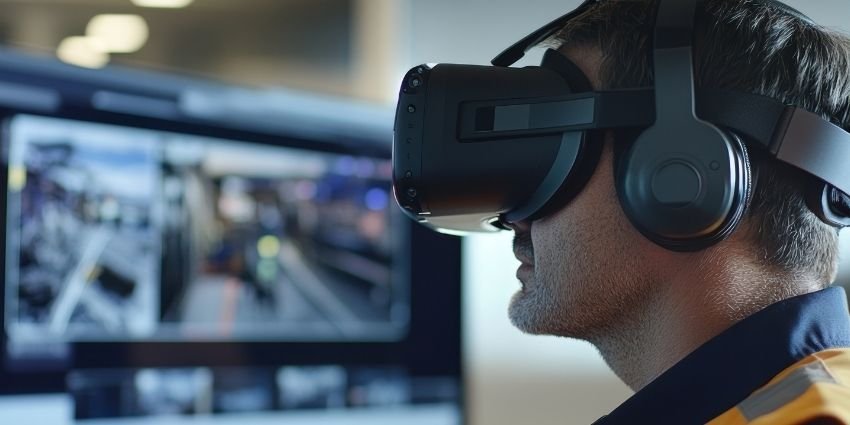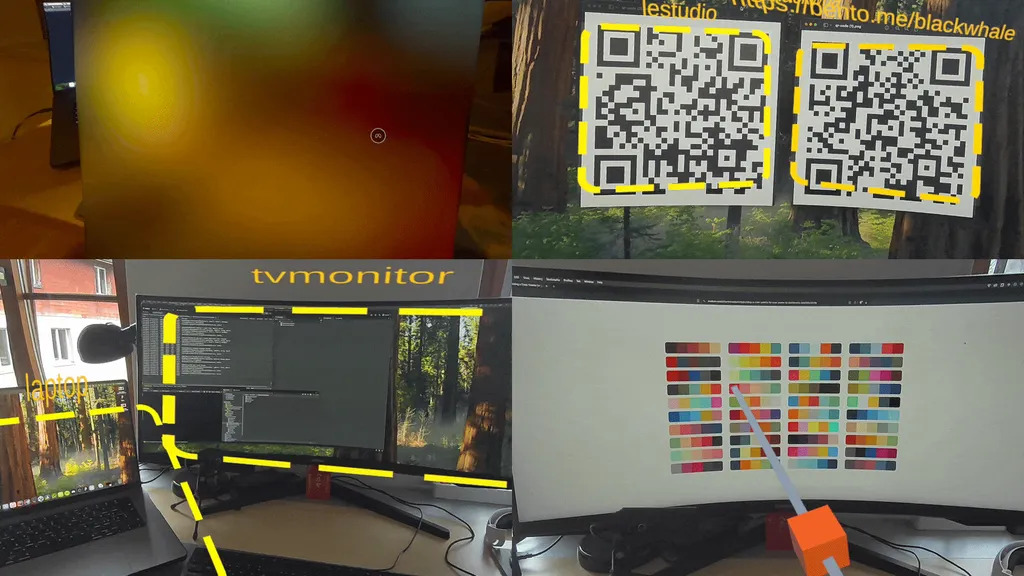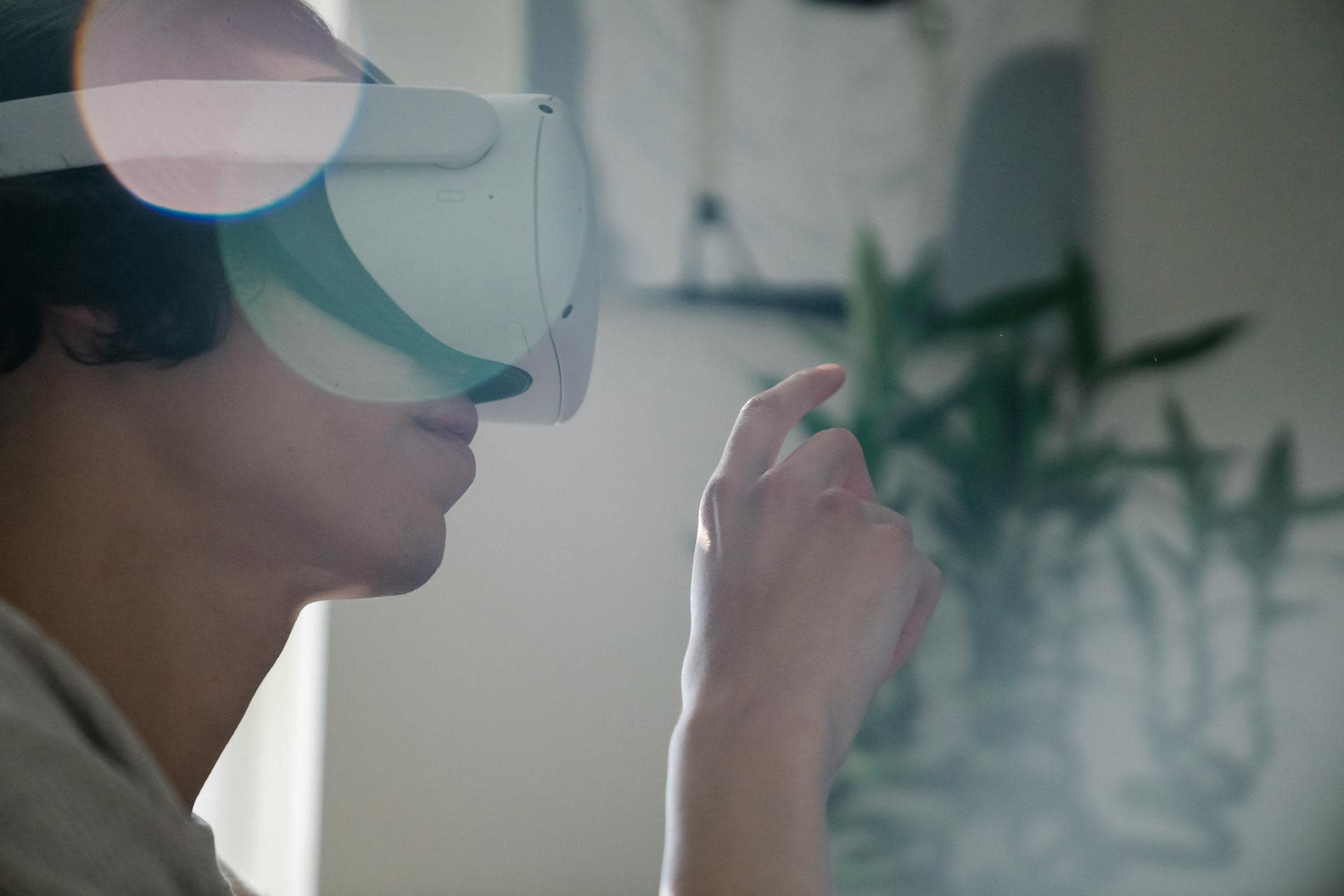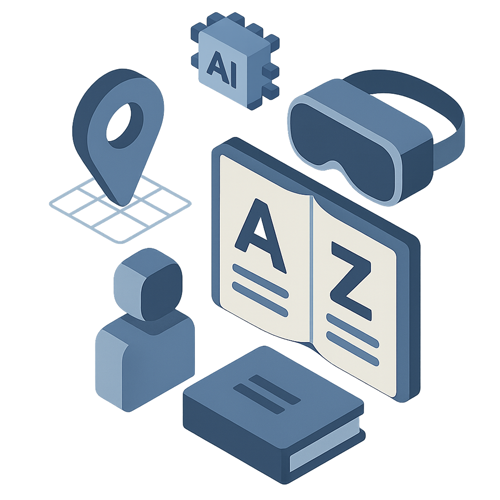In the not-so-distant past, workforce training meant paper manuals, lecture-based classrooms, and the occasional awkward roleplay. But today, a new generation of immersive tools—powered by Extended Reality (XR)—is making training faster, smarter, safer, and surprisingly cost-effective. From factories to the field, XR is reshaping how employees learn critical skills on the job.
And the ROI is very real.
Training That Actually Sticks
According to PwC, learners using virtual reality (VR) can complete training four times faster than their classroom counterparts. That’s not just a scheduling perk—it’s an operational game-changer. Faster onboarding, reduced downtime, and lower training-related expenses are just the start.
And it’s not just speed; it’s also retention. The same PwC report found that employees were 275% more confident applying what they learned after VR training.
Traditional training models just can’t compete. Studies show most people forget 90% of what they learn in a traditional session within a week. But XR experiences have proven to be more interactive, personalized, and sticky.
Real-World Impact in Real Environments
Frank Furnari, CEO and founder of XR platform ARuVR, has seen firsthand how immersive training is transforming industries. „Traditional training is not effective anymore,“ he explained in a recent interview with XR Today. “It’s time and resource intensive, bound by location, and it’s not personalized.”
ARuVR, which enables no-code XR training creation and deployment, is tackling challenges from multiple fronts: high production costs, time-consuming development, poor engagement, and a lack of performance data. The solution? Blended learning—a fusion of XR with traditional and e-learning elements that’s tailored to how today’s workforce learns best.
From Operating Rooms to Assembly Lines
For centuries, surgical training at University College London Hospitals and other medical facilities involved shadowing in-person procedures—a method rife with limitations: travel expenses, capacity restrictions, contamination risks, and passive learning.
ARuVR transformed the model. “We brought the surgery room into surgeons’ houses,” Furnari said. Using XR, students can now participate in simulations and live surgeries remotely. The results? 20,000% in cost savings (that’s not a decimal point typo), 168% ROI, and zero travel or contamination risk.
On the manufacturing side, Coca-Cola implemented immersive training for health, safety, and operational procedures. “They increased efficiency by around 75%, and retention improved by about 20% compared to traditional classrooms,” said Furnari.
Scaling Smart, Not Just Fast
One major selling point of XR training is scalability. Once a module is created, it can be reused across locations, teams, and job functions—without the recurring cost of instructors, travel, or materials. For instance, Volkswagen uses XR across ten global sites to deliver consistent training in design, safety, and assembly.
Once they’ve paid for a training module, it can be used infinitely without extra expenses. That kind of scale would be financially impractical with in-person training alone.
AI: The XR Accelerator
Add AI to the mix, and things get even more efficient. AI coaches can guide trainees through modules, adapt content in real time, and eliminate the need for human trainers to be physically present. It also enhances data collection—tracking user engagement, hesitation points, common errors, and post-training performance.
With the right tools, Furnari says clients can reduce production time for new training programs by up to 200% and cut content creation costs by around 350%. “It’s a digital transformation,” he said. “It’s a journey.”
Starting Small, Proving Big
For companies looking to dip a toe in the immersive waters, experts recommend starting with a pilot in a high-impact area—for example, customer service, safety, or technical operations. “During those pilots, you collect the data and feedback, which helps you to put together a really strong business case,” Furnari explained.
From there, it’s a matter of scaling strategically. PwC found that for companies training more than 3,000 employees, immersive learning is 52% less expensive than traditional methods.
Not Just a Trend—A Training Transformation
Whether you’re training frontline staff, factory workers, or healthcare professionals, XR and AI aren’t just bells and whistles. They’re the future of effective, scalable, and data-driven training.
“Every business, no matter which business we’re talking about, is made up by people,” said Furnari. “People’s skills, knowledge, and professionalism are important for business.”
In other words: if your workforce is your most important asset, it’s time to invest in how they learn.
Playbook for Enterprise XR Training
Whether you’re just exploring XR or looking to scale your existing program, here’s a playbook to keep in mind.
Step 1: Define the “Why”
Before you dive into headsets and platforms, clarify your training goals.
- Identify the problem: Is it slow onboarding? Low knowledge retention? High training costs?
- Choose your focus: Safety training, technical skills, customer service, or something else?
- Get stakeholder buy-in by aligning XR with business KPIs (speed to competency, error reduction, etc.).
Step 2: Start with One High-Impact Use Case
Don’t try to XR-ify everything at once. Pilot programs are powerful.
- Pick a pain point that’s measurable (e.g., reduce training time or mistakes).
- Choose a user group that’s open to trying new tech.
- Set baseline metrics to compare before/after results.
Step 3: Choose the Right Tools
Not all XR solutions are created equal.
- Look for platforms with no-code authoring, cross-device compatibility, and robust analytics.
- If you want to scale quickly, consider platforms like ARuVR that allow internal teams to build and update content.
- Bonus: Choose systems with built-in AI features for personalized coaching and content creation.
Step 4: Build Content Strategically
Immersive content takes a different approach than classroom or e-learning.
- Work with SMEs and XR designers to develop story-based, interactive scenarios.
- Use modular content that can be reused across roles and locations.
- Incorporate real-world feedback and analytics to refine experiences.
Step 5: Measure What Matters
Data makes the ROI case stronger—and keeps your program improving.
- Track metrics like: time to competency, retention rates, post-training performance, safety incidents, and error rates.
- Use platform analytics and feedback surveys to gather insights.
- Share success stories and before-and-after snapshots with leadership.
Step 6: Scale Smart
Once your pilot proves value, build momentum.
- Repurpose successful content across teams and geographies.
- Standardize hardware and platforms to reduce complexity.
- Integrate with your LMS or HR systems for easy access and tracking.
Step 7: Keep Innovating
Immersive tech is evolving fast—so should your training.
- Stay current with device updates and AI enhancements.
- Revisit KPIs quarterly to ensure alignment with business goals.
- Keep talking to learners—they’re your best source for improvement ideas.
Start small, measure everything, and scale with purpose. XR training is already driving real results across industries.
Quelle:






